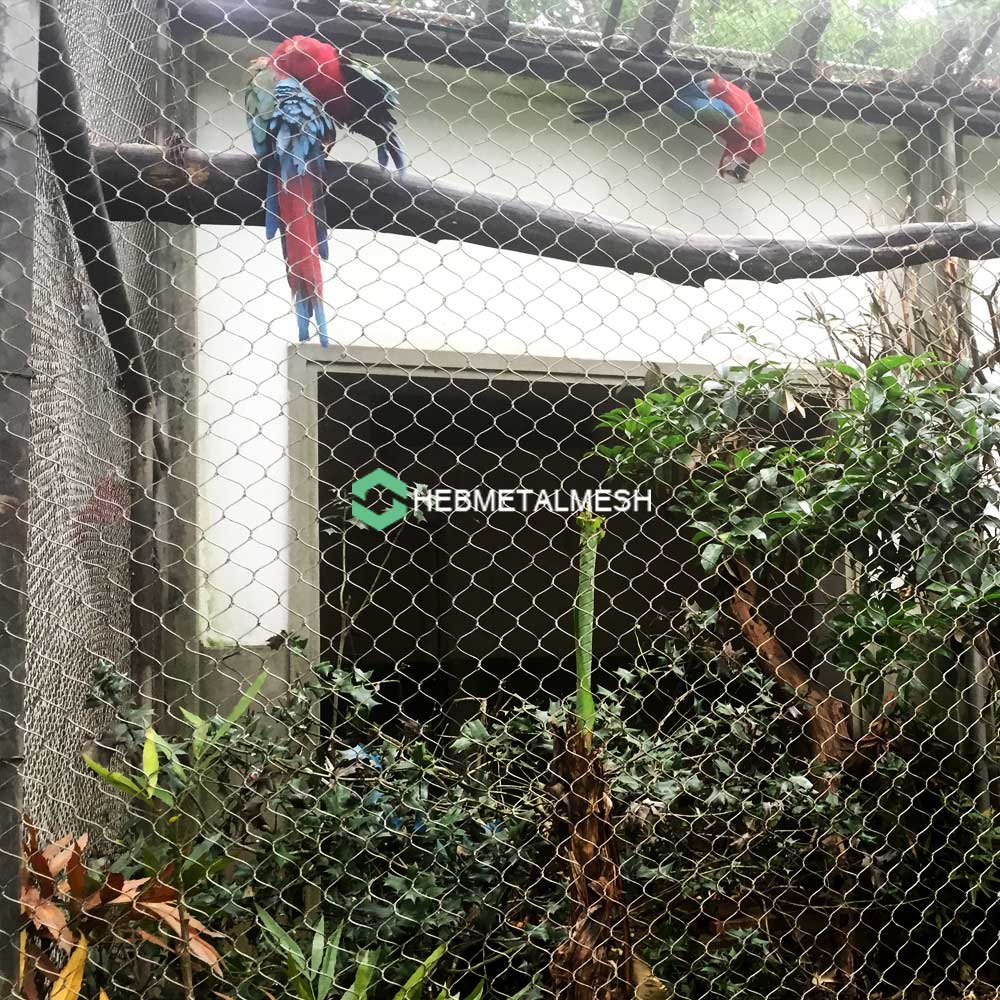Birds, while beautiful, can become a nuisance when they congregate in large numbers. They can cause damage to property, create noise, and pose health risks.
Enter bird wire, a discreet and effective solution to this problem. It’s a humane deterrent, causing no harm to the birds while keeping them at bay.
This article delves into the world of bird wire, exploring its design, effectiveness, and applications. We’ll also look at how it integrates with architecture and its cost-effectiveness.

Whether you’re a property owner, urban planner, or pest control professional, this guide will provide valuable insights into managing bird populations.
The Ingenious Design of Bird Wire Systems
Bird wire systems are ingeniously simple. They consist of thin, stainless steel wires tensioned between posts.
These wires act as a physical barrier, preventing birds from landing on ledges, rooftops, and other structures. The wires are nearly invisible from a distance, preserving the aesthetic appearance of buildings.

The materials used in bird wire systems are resistant to corrosion and UV degradation. This ensures their longevity, even in harsh weather conditions.
The design of bird wire systems is adaptable, allowing installation on any surface, including stone, metal, wood, and glass.
A Humane Solution for Diverse Avian Species
Bird wire is a humane deterrent. It does not harm birds but discourages them from landing on structures.
The system is effective against a variety of bird species. This includes pigeons, seagulls, and starlings, among others.
The bird wire system works by making the landing surface uncomfortable for the birds. This encourages them to seek other places to perch.
Key bird species deterred by bird wire include:
- Pigeons
- Seagulls
- Starlings
- Sparrows
- Crows
Architectural Integration: Preserving Aesthetics
Bird wire is nearly invisible from a distance. This makes it an ideal solution for preserving the aesthetic appearance of buildings.
The system can be installed on any surface. This includes stone, metal, wood, and glass.
The flexibility of bird wire allows it to adapt to irregular surfaces and complex architectural features. This ensures minimal visual impact.
Installation and Customization: Adapting to Structures
The installation process of bird wire is relatively simple. It can be customized to fit the specific architecture of a building.
Proper planning and professional installation are key to ensuring the success of a bird wire system. It is important to ensure that bird wire is installed at the correct height and tension to be effective.
Bird wire can be used in sensitive areas where noise and visual pollution must be kept to a minimum. This makes it a versatile tool that can be tailored to the specific needs of a property or structure.
Cost-Effectiveness and Longevity of Bird Wire
Bird wire is a cost-effective bird control method. It is a long-lasting solution, with materials resistant to corrosion and UV degradation.
Once installed, bird wire systems require minimal maintenance. This makes it a proactive measure that can save property owners significant repair and cleaning costs in the long run.
The effectiveness of bird wire is backed by scientific research and field studies. It is a versatile tool that can contribute to a cleaner and safer environment by reducing the risks associated with pest bird populations.
Environmental Impact and Compliance with Regulations
The use of bird wire is environmentally friendly. It does not harm the birds, unlike lethal control methods. This makes bird wire a humane bird repellent.
Bird wire can prevent the accumulation of bird droppings. These droppings can pose health risks and cause property damage.
The system is compliant with wildlife protection regulations in many regions. Here are some key points to consider:
- Bird wire is often recommended by architects and pest control experts due to its low visual impact and effectiveness.
- It can be used in sensitive areas where noise and visual pollution must be kept to a minimum.
- Proper planning and professional installation are key to ensuring the success of a bird wire system.
Case Studies: Bird Wire in Action
Case studies have shown that bird wire is an effective deterrent in a variety of settings. These include historical buildings, commercial properties, and industrial sites.
Bird wire is particularly useful for protecting signage, lighting systems, and mechanical equipment from bird damage.
Conclusion: The Future of Bird Management
Bird wire is a proactive measure that can save property owners significant repair and cleaning costs in the long run. It contributes to a cleaner and safer environment by reducing the risks associated with pest bird populations.
Educating the public about the benefits of non-lethal bird control can lead to wider acceptance and use of bird wire systems. This is essential for the future of bird management.
The effectiveness of bird wire is backed by scientific research and field studies. It is a versatile tool that can be tailored to the specific needs of a property or structure.


